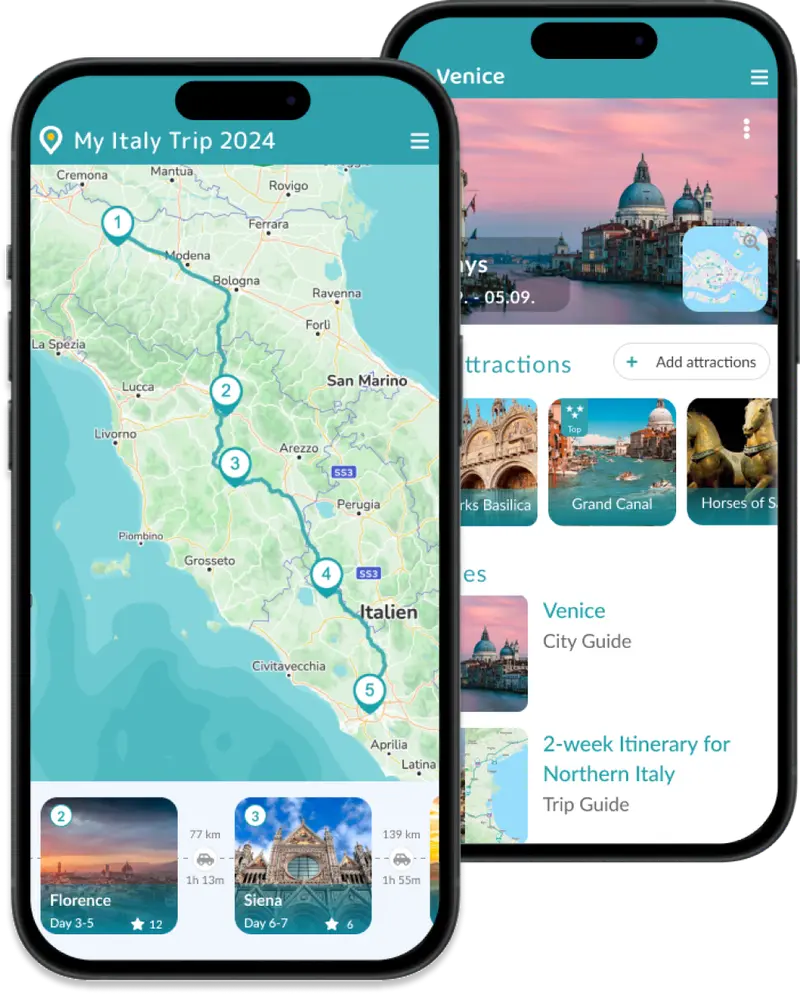Tucked away in the Venetian shadow, Padua is an authentic, vibrant student city with much to offer. Chances are, you haven’t heard about it before, but don’t let that fool you. Within the quiet streets with its characteristic arcade walkways, you will discover a range of significant landmarks.
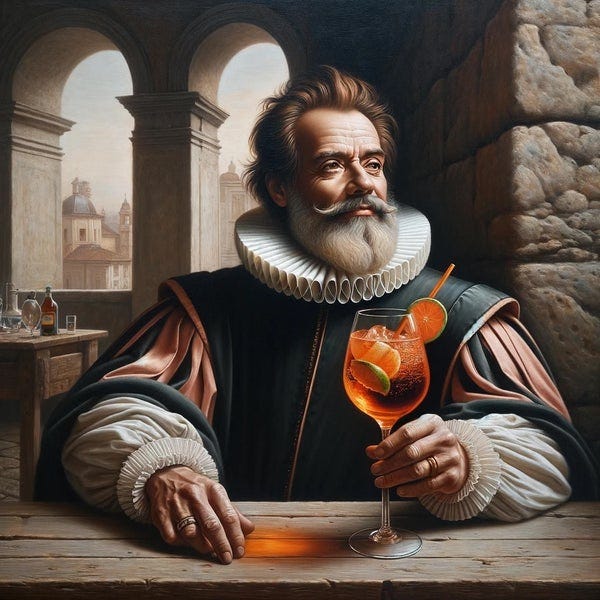
But above all, you can enjoy the Dolce Vita here. Do as the locals do and savor an espresso or the famous Pedrocchi coffee at the historic . Enjoy your Aperol Spritz in one of the city's central squares. In the hometown of Aperol, it's not uncommon to see locals enjoying their aperitivo as early as 11 AM.
Additionally, take a stroll across the expansive , Italy's largest oval square, and wander through the lively squares filled with bustling markets. The fabulous cuisine here is a must-try!
For shopping, Via Roma is an excellent street with a variety of boutiques and international brand stores.
Top Highlights of Padua
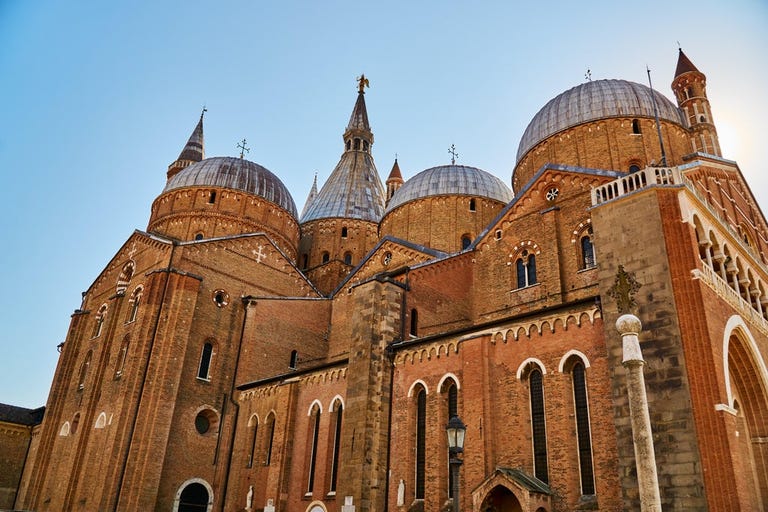
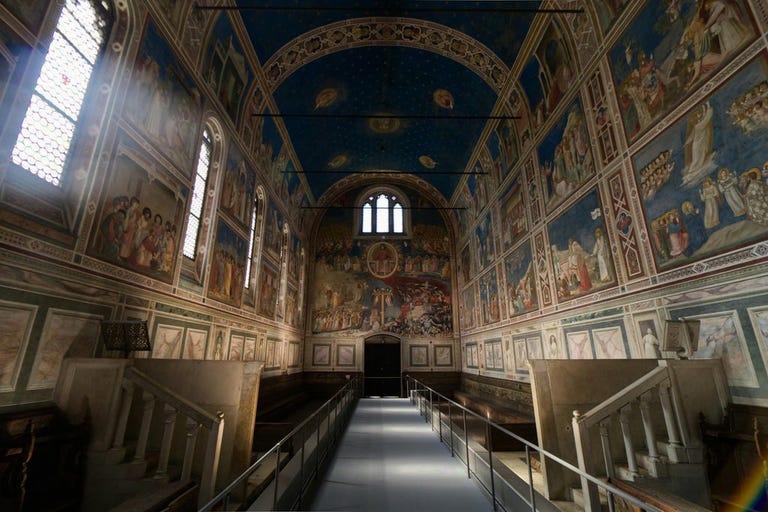
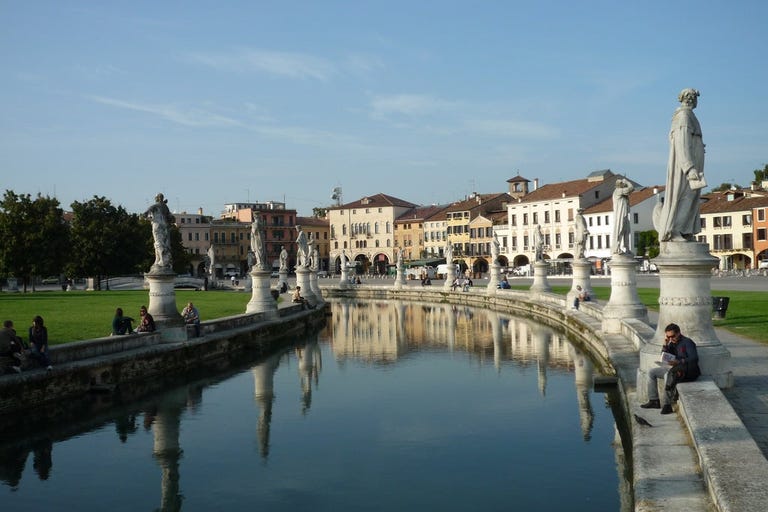
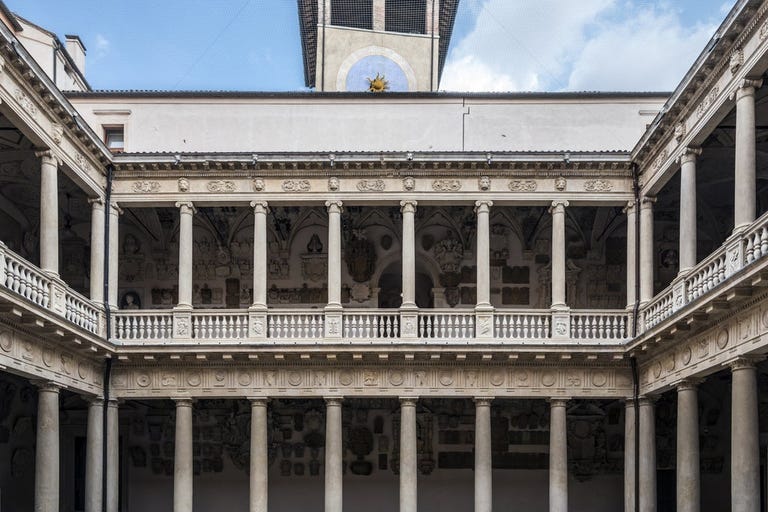
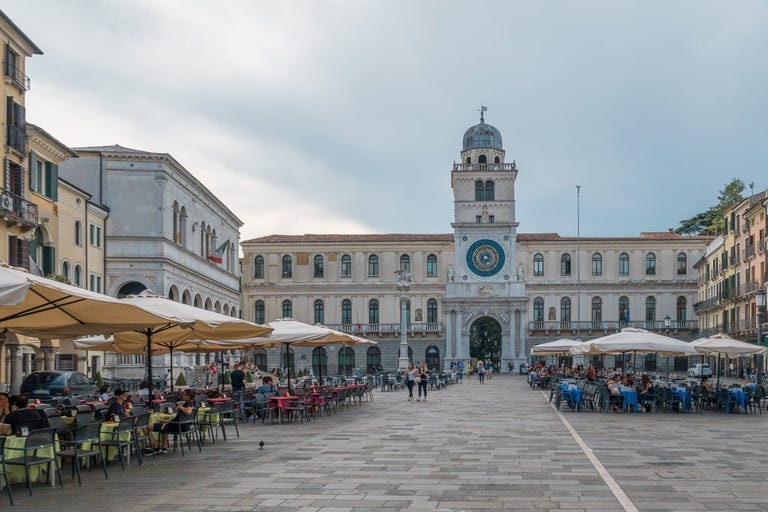
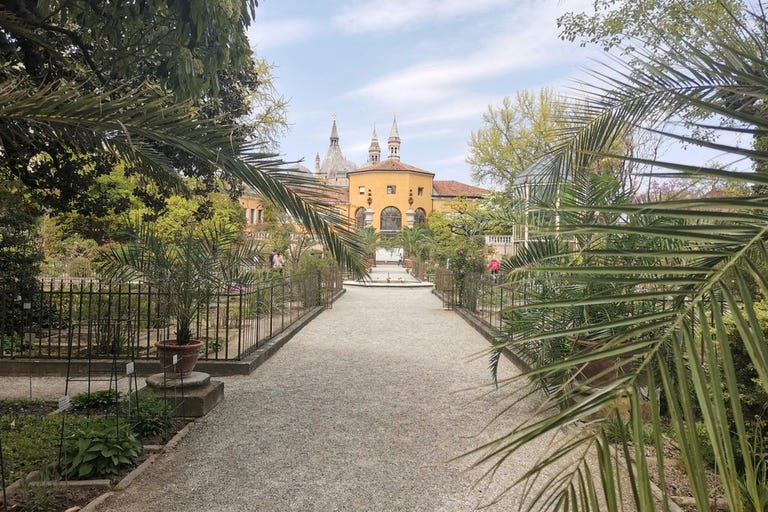
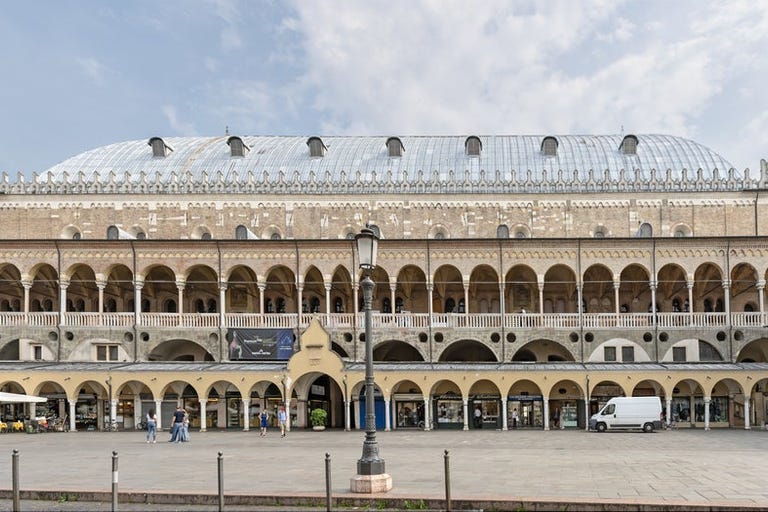
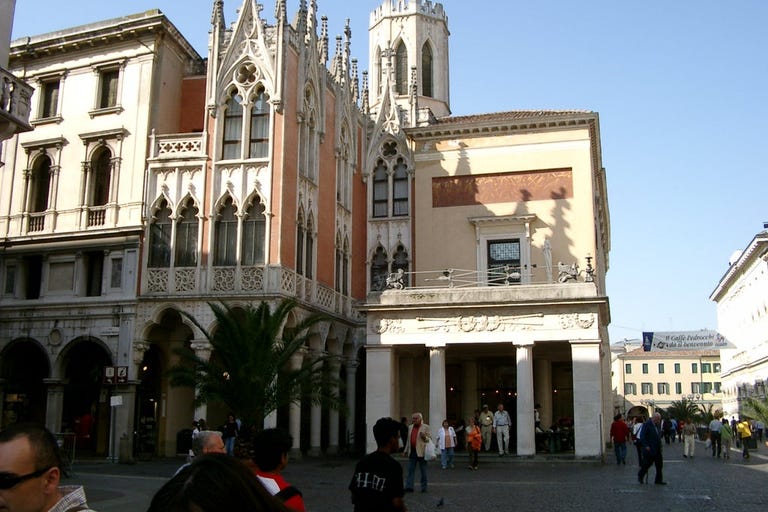
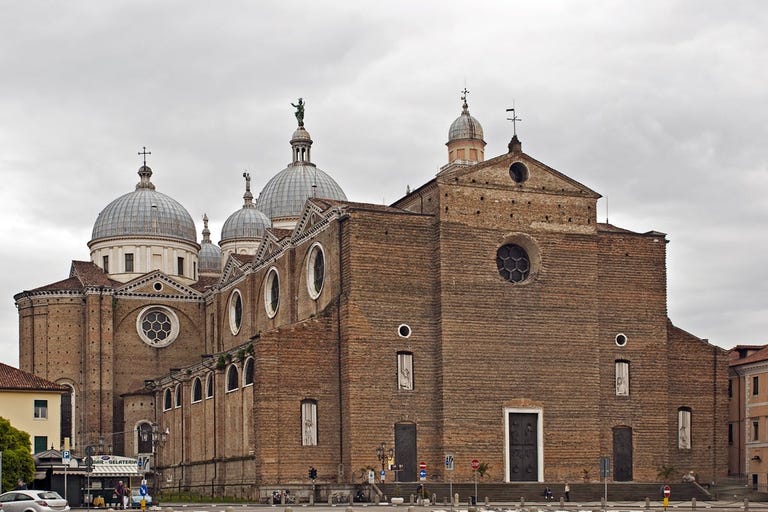
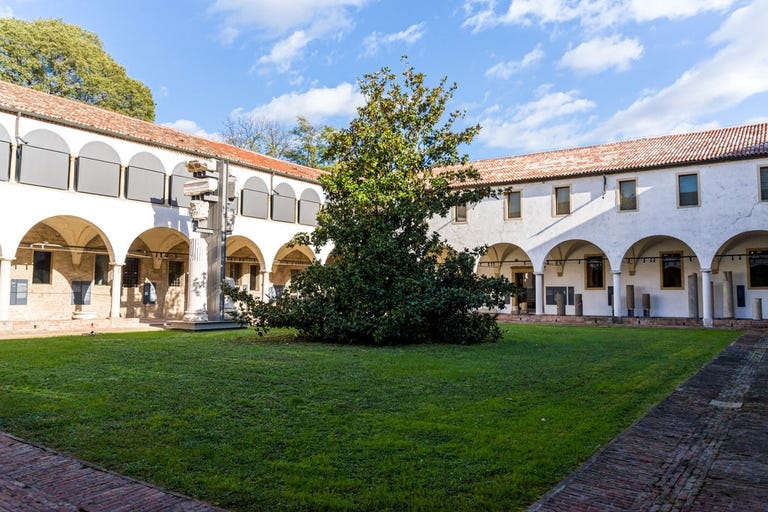
Inspiration
Travel Information
How long should you stay?
2 days are sufficient to explore Padua's key attractions without a rush. If you just plan an overnight stop, this is also doable, but pick your must-do's beforehand. If you want to discover the surrounding Veneto region as well, Padua serves as an excellent base.
Best time to visit
Since Padua is spared from tourist masses, you can visit in summer leisurely. We find that a visit anytime from late spring to early fall is pleasurable.
How to get to Padua?
Padua is well-connected by train and road. Direct trains run from Venice, Verona, and other major cities.
By car, Padua is easily accessible from Venice, Bologna, and Milan.
Fancy a roadtrip?
Be inspired by our hand-picked road trips.
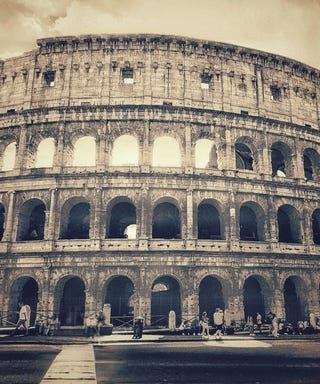
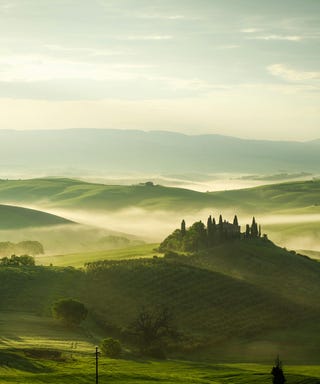
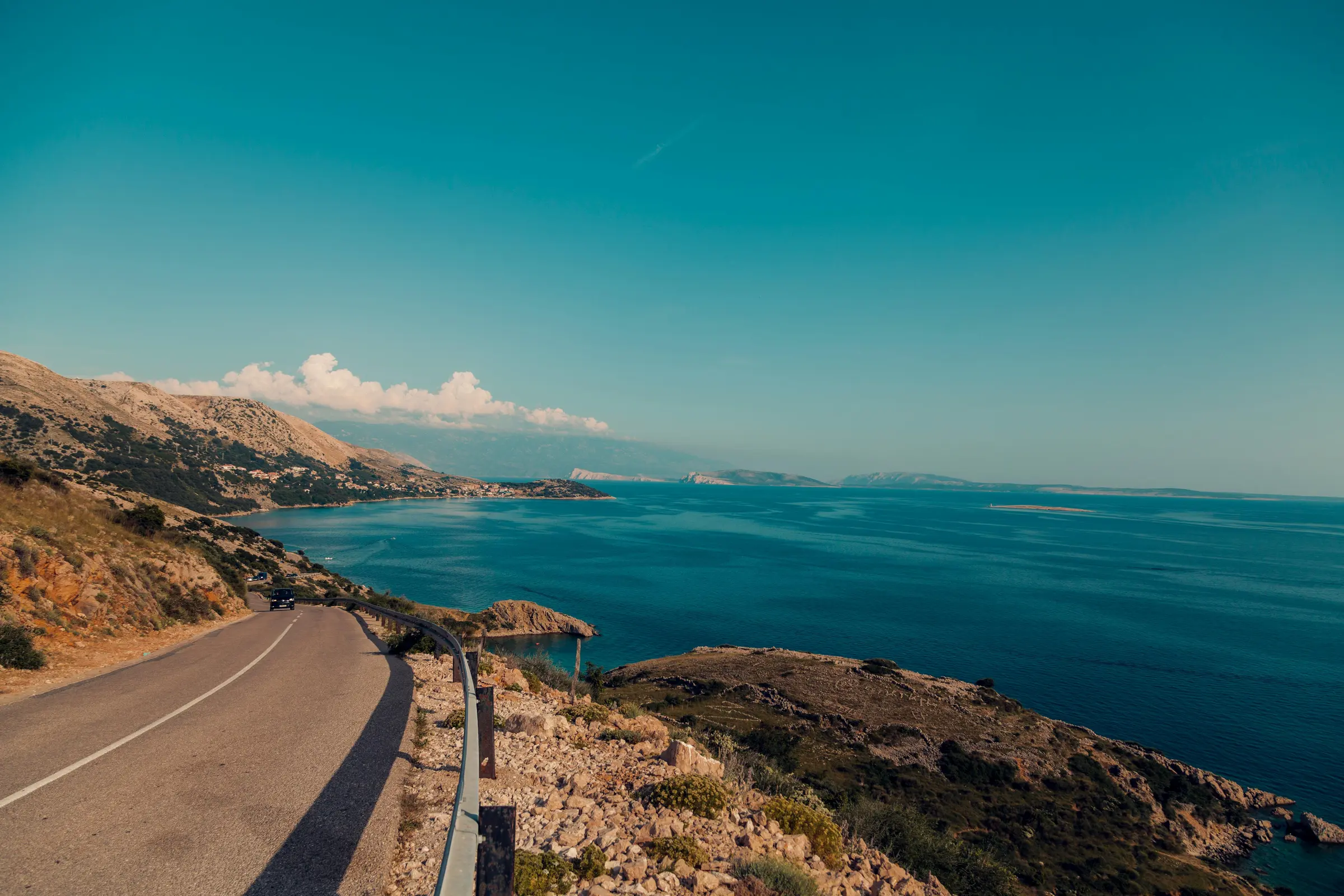
Day Trips from Padua
Padua is a wonderful starting point for beautiful day trips:
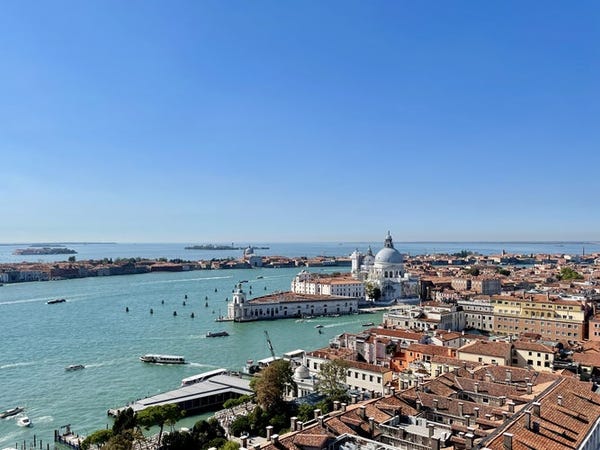
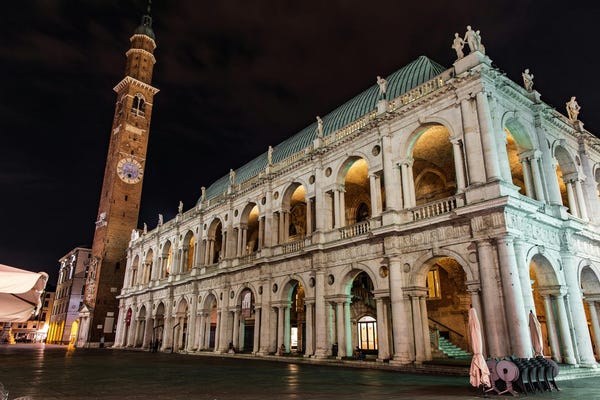
Euganean Hills
Explore the idyllic Euganean Hills with their thermal springs, vineyards, and medieval villages. If you're there in the summer, visiting the Jazz & Wine Festival is a must.
Regional Specialties
Padua boasts a rich culinary heritage deeply rooted in home gardens and farms. The city's gastronomy showcases a delightful blend of traditional dishes and Venetian specialties.
What to Drink
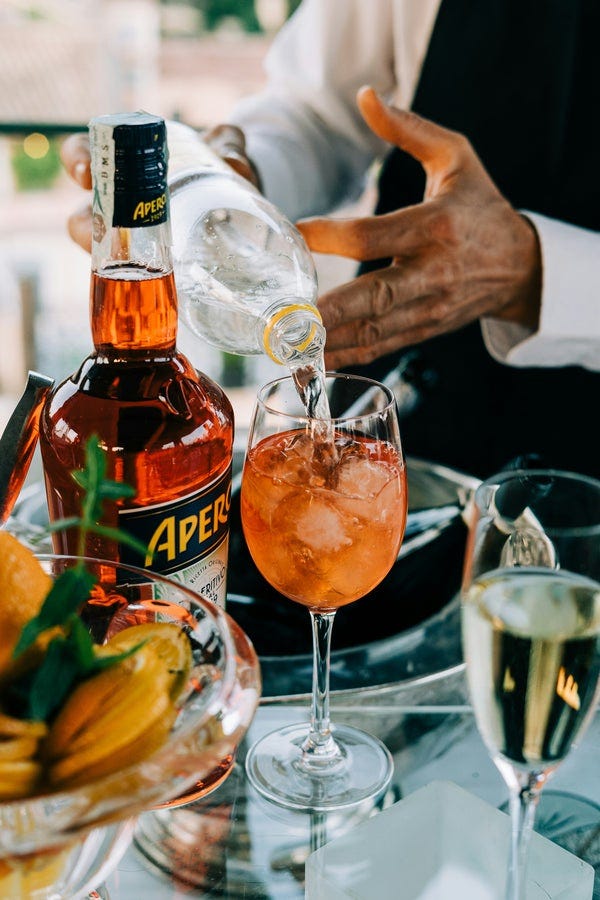
Prosecco, is another must-try, since one of the best prosecco's comes from nearby Treviso
Grappa: A grape-based brandy, perfect for those seeking a strong and aromatic drink.
Must-know Specialties in Padua
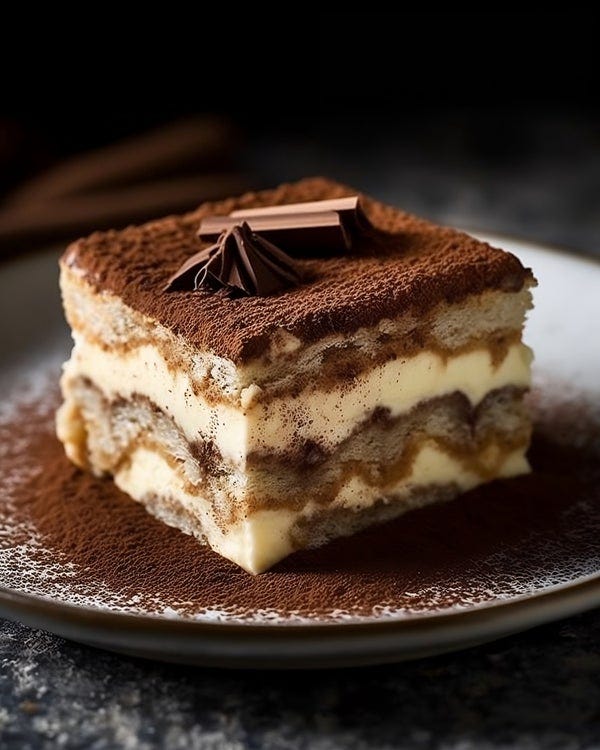
- Tiramisu: Savour this Italian classic. It was invented nearby in Treviso.
- Risotto alla Padovana: A flavourful, traditional dish made with rice, chicken broth, vegetables, and cheese. If you want an authentic experience, this is a must-try
- Spunciotti (or spuncetti or cichetti): small dishes similar to Spanish tapas and quite popular in the Veneto Region
Meat & Fish delicacies
- Baccalà alla Vicentina: cherished Venetian delicacy with roots dating back to the 15th century; the dried & salted cod is soaked for 24 hours, then fried with onions, garlic, and white wine; traditionally served with polenta
- Fegato alla Veneziana: Slices of delicious liver cooked with onion, salt, and pepper
- Eat slices of Montagnana ham with melon or figs, best on Padua's markets
- Soppressa vicentina, a typical salami
- Padua also has a great variety of fish dishes due to its closeness to Venice. Typical dishes include small crabs, octopus with pesto, sardines and scallops.
Pasta & Risotto
- Tagliatelle al Ragù: originally from Padua, the tagliatelle are typically served with a delicious, slow-cooked meat-based sauce
- Bigoli con Oca in Onto (Goose Bigoli): Traditional thick spaghetti-like pasta paired with a goose ragout
- Gnocchi di Patate: Quite popular simple dish in Padua, consisting of potato dumplings served with tomato or meat sauce
- Polenta: you will find this landmark of Veneto's cuisine in many dishes in Padua
Vegetables
- White Asparagus: A springtime delicacy from Bassano, enjoyed with rice, lasagna, or eggs, accompanied by the crisp notes of Breganze Vespaiolo white wine
- Radicchio trevisano: Dark red radicchio with a delicate and bitter taste, best paired with risotto or grilled with salt and oil
Desserts
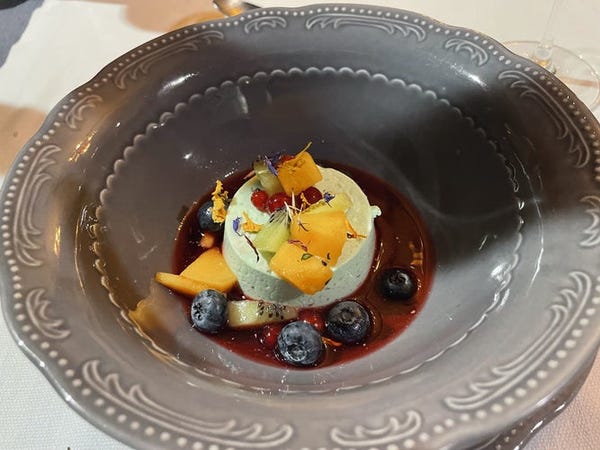
- Sfogliatelle ('leaf'): Delicate pastry originating from Padua, made with thin layers of pasta frolla and filled with ricotta cheese or candied fruit
- Zuppa Inglese: A traditional Italian dessert from Padua with layers of sponge cake soaked in coffee or espresso, alternated with cream and flavoured with rum or Marsala wine
- Crostoli: Traditional, fried pastry made from flour, eggs, sugar, butter, and salt, often dusted with powdered sugar or dipped in honey. It is a popular Venetian dessert and especially eaten during Carnival season
Fun Facts about Padua
- According to legend, Padua was founded by Antenor, a Trojan hero in the 12th century BC. This would make Padua one of the oldest cities in Northern Italy.
- The University of Padua, established in 1222, is one of the oldest universities in the world.
- Galileo Galilei, the renowned astronomer, taught at the University of Padua in the 16th century.
- Padua, is the setting of Shakespeare's "The Taming of the Shrew"



